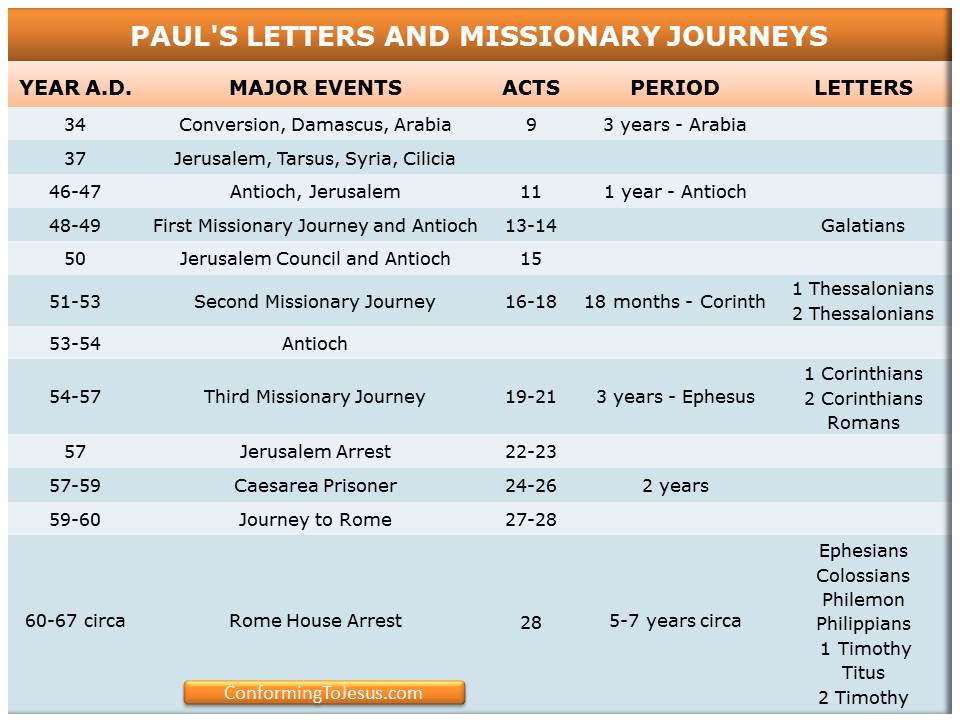After the death of Claudius; during the "Five Golden Years" before Nero took power-- the laws against Jews in Rome were eased. So tradition has it that St. Peter returned to Rome. Whether St. Paul knew this or not is unclear or most likely that St. Peter returned just after his Epistles.
St. Peter probably returned to Rome around 54-57 AD with a possible break from 57-62 AD. The period of time would be the same as St. Paul's letter to the Romans and his imprisonment in Roman, after being arrested in Jerusalem.
We surmise that St. Mark wrote his Gospel in Rome under the direction of St. Peter, during his three year stay in Rome, 54-57, AD.
In 58 AD we are told St. Mark arrived in Alexandria, Egypt, without Peter, and founded the Church there. He was asked by St. Peter to return to Rome from 63 AD to 67 AD.
Nero took power around 60 AD. There was nothing usual at first. He had good advisors Seneca and Burrus, who ran the Empire well waiting for him to attain age. But soon the power got to Nero. He killed his mother; started having drunken orgies and all kinds of indulgences. He divorced his wife, and married his mistress. He forced Seneca into retirement and Burrus died. Nero more and more gave into passions of egoism and lust.
Romans paid little attention to Christians, at this time. They were considered a strange sect of Judaism. But this was soon to change.
On July 18th 64 AD a 9 day fire destroyed most of Rome; someone was to blame. The people blamed Nero who was known to be lost in his own world of hedonism, and let the fires burn. This is where we get the saying: "Nero fiddled as Rome burned"
But Nero wasn't going to take the blame. So he picked his patsy: Christians. He claimed Christians were to blame and they must be outlawed. From that moment on to claim you were a Christian was a death sentence.
The mystery remains in that Nero was a detested figure by most of Rome, but this law of persecution of Christians was one of the few laws kept from Nero to Constintine. Over 225 years of persecution, till 313 AD, when Constantine lifted the ban.
Persecution of Christians erupted all over the empire. Starting in Rome and expanding to the provinces. In Rome Nero started a circus near the 14th district in the arena; since all the other stadiums were burned in the fire.
They feed Christens to wild animals.
At a procession to the "games" Nero had the streets lit as he rode his chariot thru with Christians who were tarred and set on fire. This was even too much for the blood thirsty crowd among them, the stoic philosopher Seneca-- the former advisor to the Emperor, was discussed.
St. Paul was released a short time earlier to the persecution 63 AD and was preaching in Troy. He was arrested BUT this time Roman citizenship would not help him. He was brought back to Rome and beheaded outside the city walls,. According to a legend, after Paul was decapitated, his severed head rebounded three times, giving rise to a source of water each time that it touched the ground, which is how the place earned the name "San Paolo alle Tre Fontane" ("St Paul at the Three Fountains"), a place with a church you can still visit.
 |
| Here is a time line of St. Paul's travel's and when he wrote his letters. |
In 2002, an 8-foot (2.4 m)-long marble sarcophagus, inscribed with the words "PAULO APOSTOLO MART" ("Paul apostle martyr") was discovered during excavations around the Basilica of “Saint Paul Outside the Walls” on the Via Ostiensis.
Vatican archaeologists declared this to be the tomb of Paul the Apostle in 2005. In June 2009, Pope Benedict XVI announced excavation results concerning the tomb. The sarcophagus was not opened but was examined by means of a probe, which revealed pieces of incense, purple and blue linen, and small bone fragments. The bone was radiocarbon-dated to the 1st or 2nd century. According to the Vatican, these findings support the conclusion that the tomb is Paul's.
Just prior to his arrest, Peter wrote his 2 letters to encourage the churches he evangelized in Asia Minor. His writing was probably polished by Silas.
St. Peter was also arrested a short time after in 67 AD. Tradition holds that after Peter's arrest, he pounded the floor of his prison cell and miraculously split the stones-- gushing forth a spring of water into the chamber. He converted and baptized his two prison guards as well as 47 others, while he was imprisoned there. You can visit the cell today in Rome. It still contains water.
Not much is known of Peter's death, other than the tradition that he was not worthy to be crucified like his Lord, Jesus. To accommodate St. Peter, he was crucified upside down. This fact later helped to identify his bones, because the feet were missing; the Romans simply cut him down by his feet. Over his bones was built one of the great Cathedrals. The Basilica of St. Peter's at the Vatican.
No comments:
Post a Comment